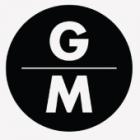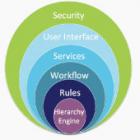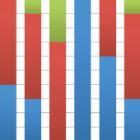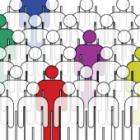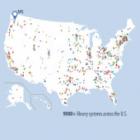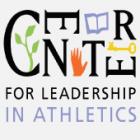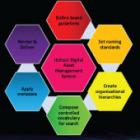
Friends of the San Francisco Public Library: Communications Project
Communications, including the sharing of and access to information, is crucial to any organization, especially non-profits that rely on a rotating mix of volunteers, have building space in multiple locations, and the inevitable shortage of paid staff. The Friends of the San Francisco Public Library, a member and donor-centric organization that fundraises and advocates for the library, have struggled greatly with these restraints. A plan to strengthen internal communications by creating digital platforms to access and share information was created. Virtual spaces were designed for all parties involved, enabling staff, volunteers and board members to become proactive and more self-sufficient. Two databases were built: one that eliminated a tedious daily data entry task, and another 26 that keeps track of all of the categories and subjects of donated books, which has tightened the organization’s successful book operations department.

